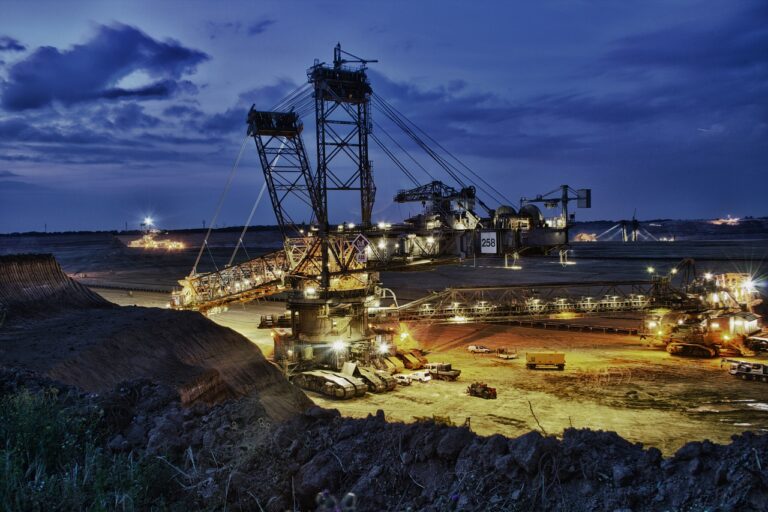Drones vs. Trucks: Examining the Environmental and Economic Impact of Last-Mile Delivery

The rapid expansion of e-commerce and the growing demand for faster deliveries have sparked interest in alternative delivery methods. A recent study explores the potential of large electric drones for last-mile goods delivery. This comparative analysis against electric and diesel trucks offers a fresh perspective on optimizing delivery efficiency in both urban and rural settings. The study reveals that for rural deliveries, large drones present a more environmentally friendly option than diesel trucks, emitting significantly lower greenhouse gases. However, drones show no competitive edge against electric trucks due to the high energy consumption during take-off and landing. The research underscores the necessity of optimizing drone size and minimizing low-altitude landings to harness their environmental benefits fully.
Read: Americans Still Love Gas Guzzlers
Discover: Is New York City Sinking?
Economic and Time Efficiency: Drones Take the Lead
From an economic standpoint, drones outshine traditional road-bound transport modes, including both diesel and electric trucks. Their high degree of automation translates into lower operational costs, making them a cost-effective solution for goods delivery. Additionally, drones deliver unparalleled speed, ensuring the fastest delivery times among the modes studied. This efficiency positions drones as a viable solution for rapid electrification and emergency response scenarios, where speed and flexibility are paramount. Within city limits, electric trucks emerge as the most eco-friendly option, significantly reducing greenhouse gas emissions compared to drones and diesel trucks. The study suggests that while drones offer economic and time-saving advantages, their environmental impact in urban areas requires careful consideration. Regulators and practitioners are encouraged to explore multimodal delivery systems, leveraging drones for specific applications where their benefits can be maximized without compromising sustainability goals. The findings from this comprehensive study highlight the nuanced relationship between delivery method efficiency and application context. As drones continue to evolve, there is potential for these aerial vehicles to revolutionize the delivery landscape, particularly in scenarios where speed and economic efficiency are critical. However, the transition towards drone-based delivery systems must be navigated with a keen eye on sustainability, ensuring that technological advancements do not come at the expense of environmental health.
For policymakers, technology developers, and logistic companies, the study serves as a crucial resource, offering insights into the strategic implementation of drone technology in last-mile delivery services. As the world leans towards more sustainable and efficient delivery methods, drones stand at the forefront of this transformation, promising a future where deliveries are faster, cheaper, and greener. The exploration into drones versus trucks for last-mile delivery unveils a future where technology and sustainability converge. As the study suggests, the optimal use of drones in delivery systems holds the key to unlocking their full potential, paving the way for a more efficient and environmentally friendly delivery paradigm. The journey towards this future will require collaborative efforts from all stakeholders, driven by a shared commitment to innovation, efficiency, and sustainability.
Climate Crisis 24/7 used generative AI technology to help produce this article, which a human editor at Climate Crisis 24/7 edited. Climate Crisis 24/7 is dedicated to accuracy and transparency; any article that uses AI will be noted.
This recent study was published in Scientific Reports by Aishwarya Ra and colleagues
Sponsor
Find a Vetted Financial Advisor
- Finding a fiduciary financial advisor doesn't have to be hard. SmartAsset's free tool matches you with up to 3 financial advisors that serve your area in 5 minutes.
- Each advisor has been vetted by SmartAsset and is held to a fiduciary standard to act in your best interests. Get on the path toward achieving your financial goals!
More from ClimateCrisis 247
- More Homes Washed Away by Storms
- Wake-Up call? 30 Million People Could Die Each Year From Climate Change, study says
- It took a lot of balls to bring you this story about microplastics Making a home in Men’s testicles
- Microsoft in new Scope 3 bid as AI emissions soar






